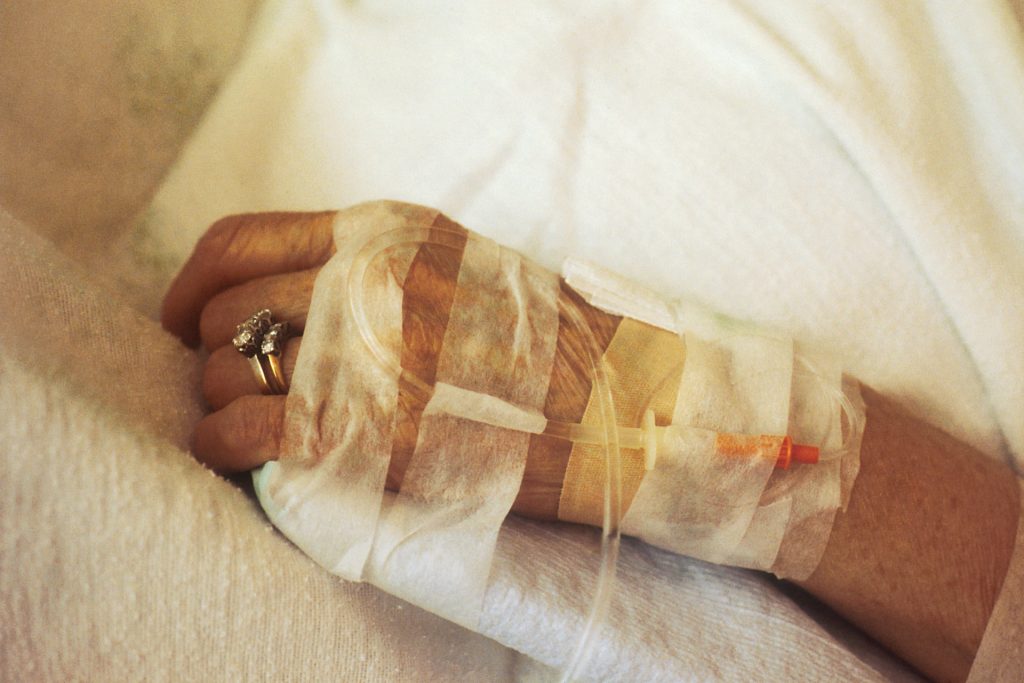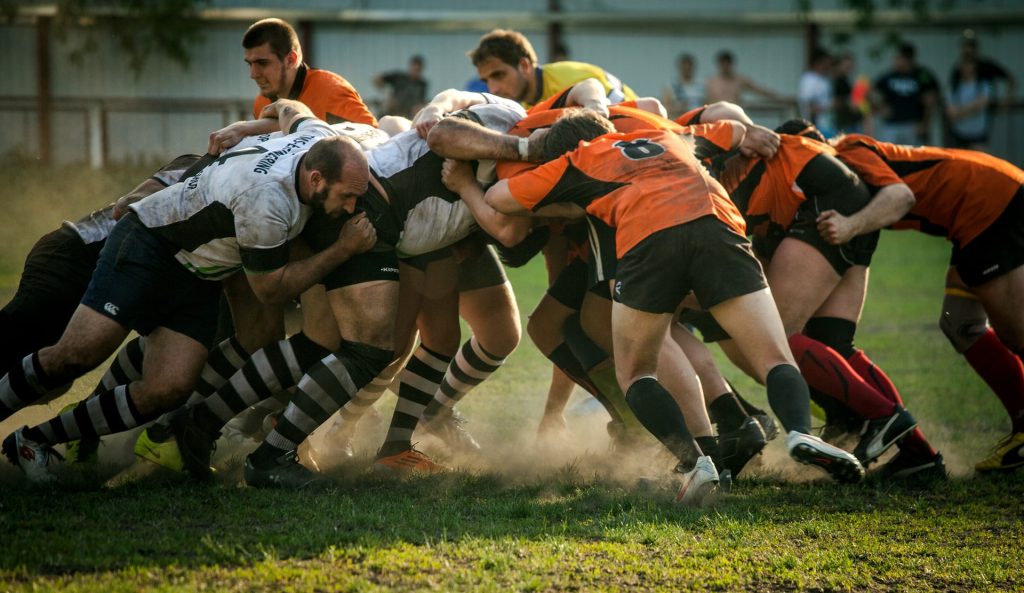Buckets to Catch Water in Free State Hospital’s Leaking Wards

By Rethabile Nyelele for GroundUp
Crumbling infrastructure is hampering patient care at Boitumelo Regional Hospital in Kroonstad, Free State.
We first visited the hospital two weeks ago. Buckets have been set out on the floors of some wards and theatre rooms to catch water leaking from broken ceilings.
An extension of the hospital building and upgrades started in 2010. In July 2014, further renovations were done. But staff, who spoke to GroundUp on condition of anonymity, said conditions at the hospital are deteriorating, with leaking ceilings, and broken windows covered with cardboard.
Last week, nurses and other staff downed tools over the poor condition of the hospital. They also demanded to be paid for overtime. Most staff resumed their duties on Monday night, pending further negotiations with management on 17 February.
Boitumelo is the only regional hospital in the Fezile Dabi District and caters for patients from about 19 surrounding towns. The hospital has six theatres but we were told of at least 80 patients whose surgeries had to be rescheduled between October and December 2022.
“I’ve been going to the hospital for surgery since 2018 … They keep postponing,” said Langelihle Makhoba.
Another patient, Mamiki Mnguni from Oranjeville, who lives about 100km from the hospital, said, “I was scheduled for a gallstone removal on 19 January 2023, but I was told the theatre is not working. I was told to return in April.”
Hospital CEO Sibongile Mthimkhulu referred our questions to the Free State Department of Health.
The department’s spokesperson, Mondli Mvambi, responded to our questions with a screengrab from a memo sent by Mthimkhulu which details progress made on infrastructure repairs. The memo stated that ceiling panels had been replaced and two theatres had been painted, among other things.
But when we visited the hospital again on 6 February, ceiling panels were still broken and we were told that some of the theatres were not yet fully functional.
Republished from GroundUp under a Creative Commons Attribution-NoDerivatives 4.0 International License.
Source: GroundUp





